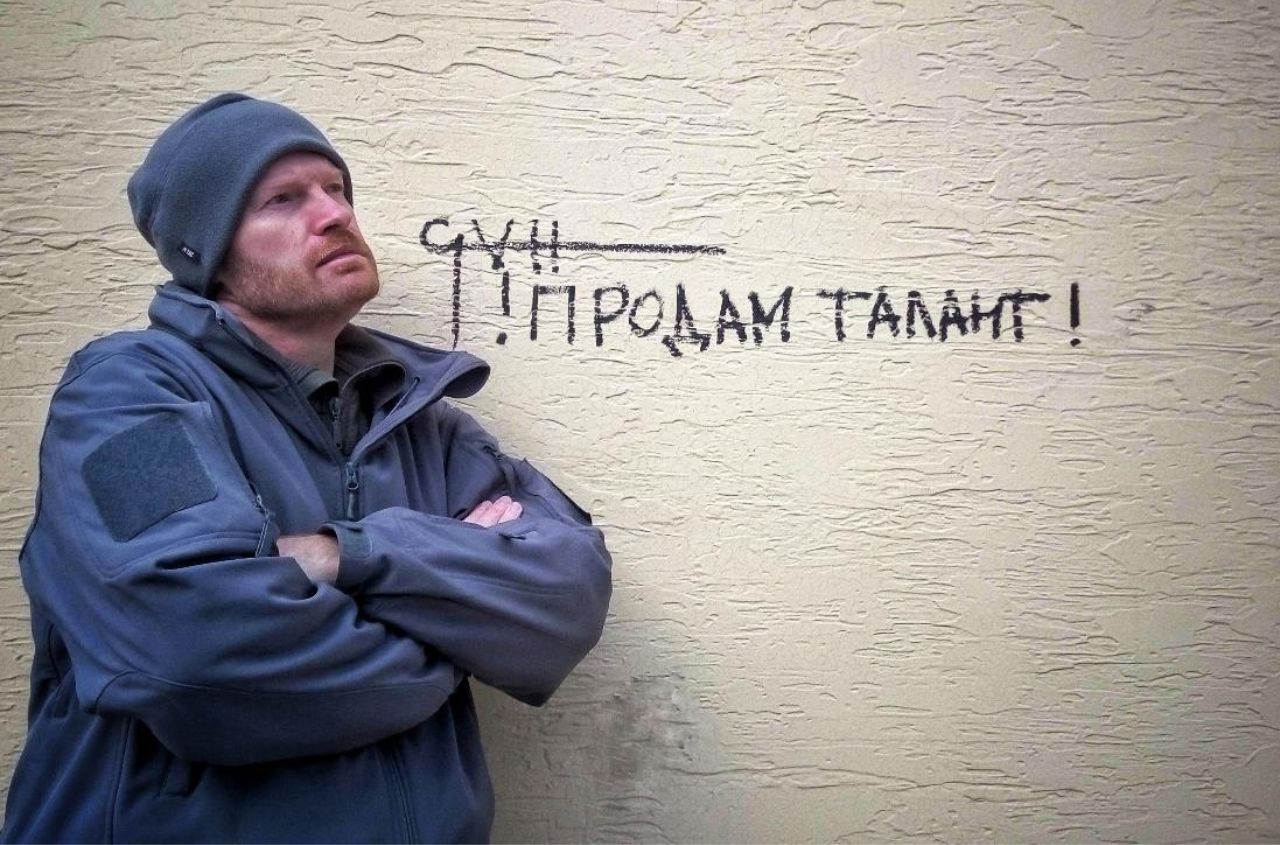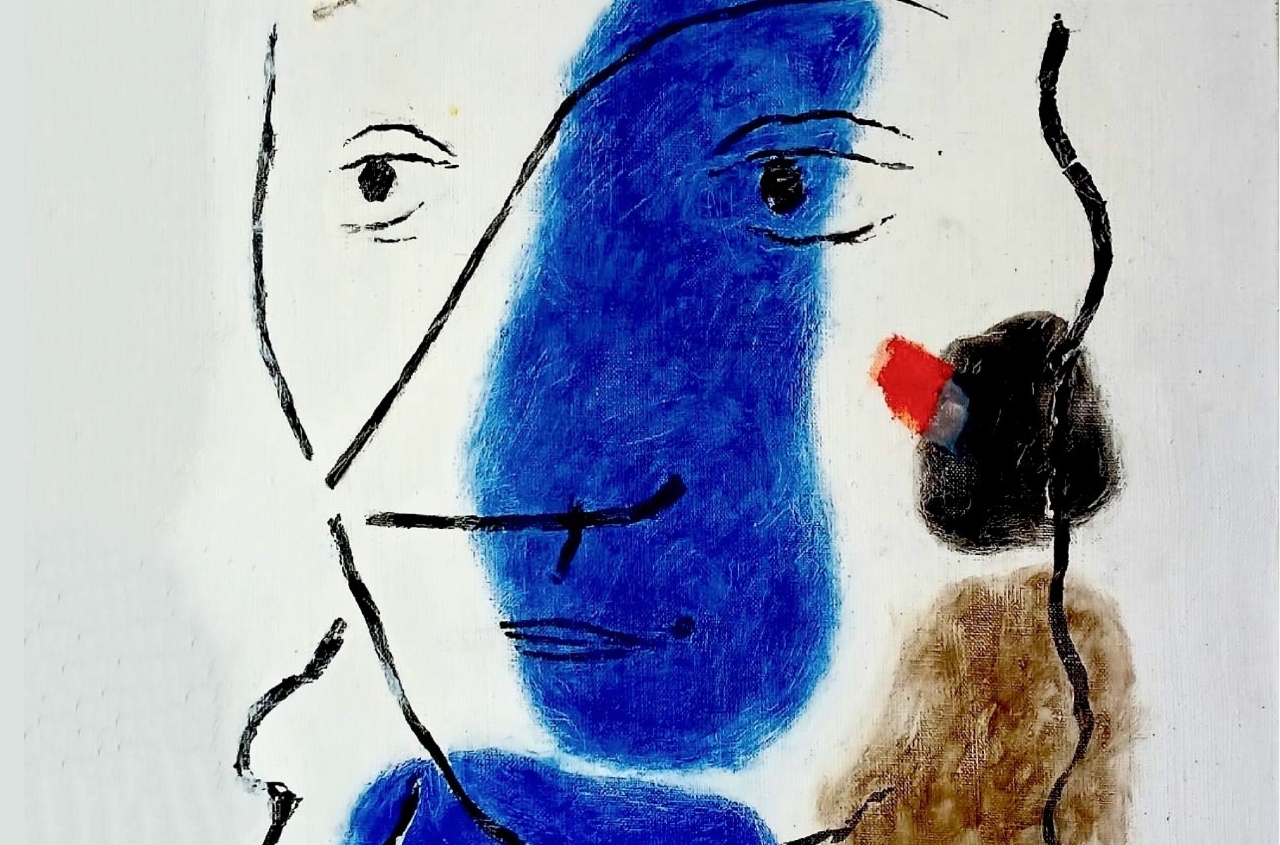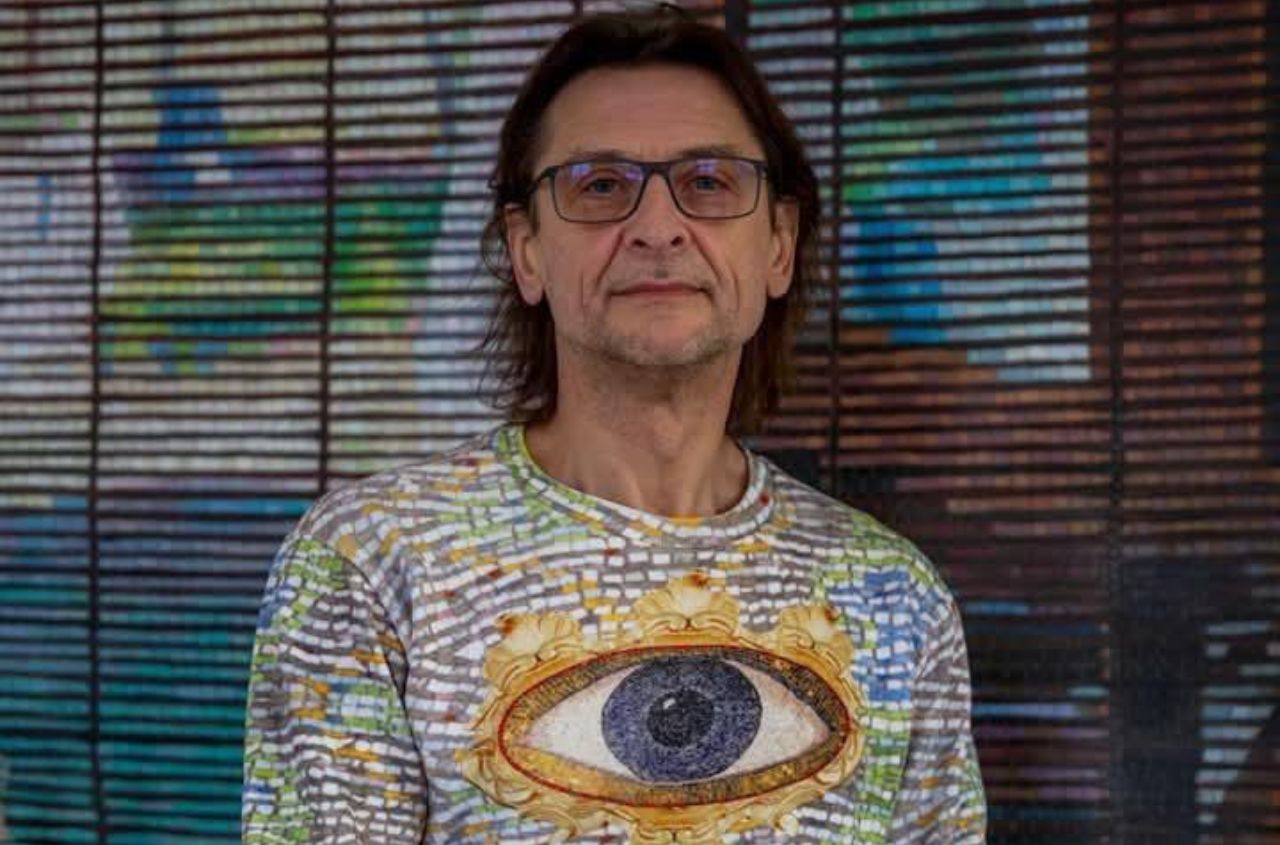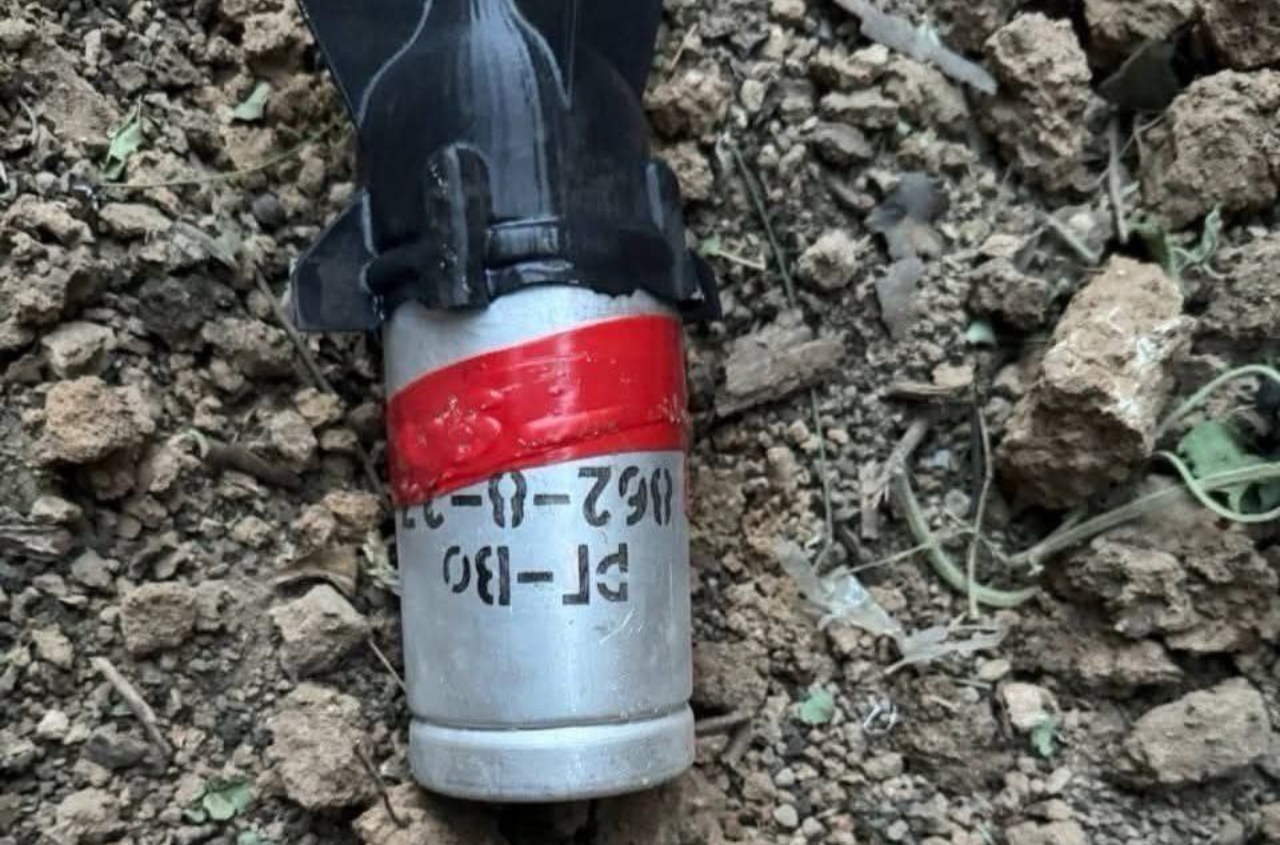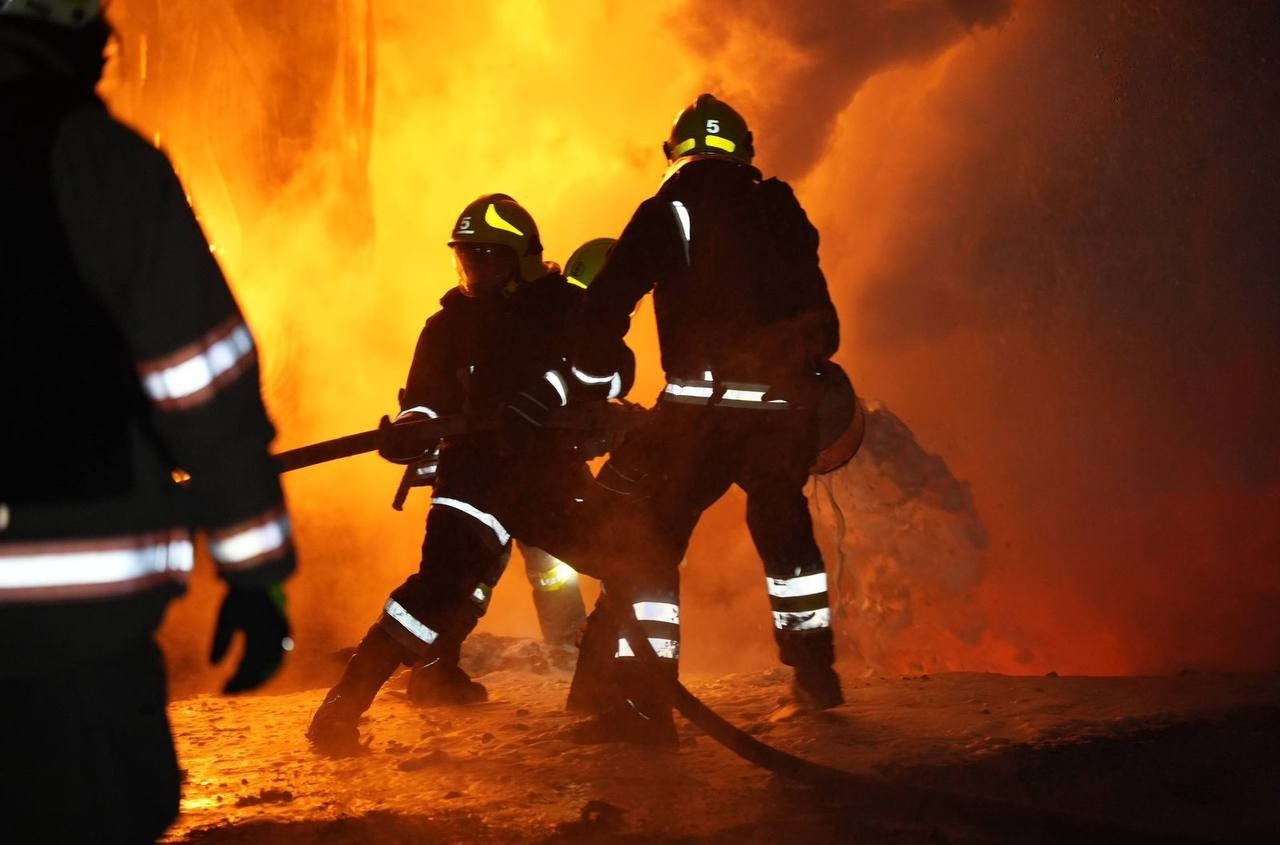Main image; Andrey Babchynsky
Ninth interview through images by Andrey Sheptunov
In the artistic landscape of Odessa, the name Andrey Babchynsky has long stood out — a painter whose work, combining figuration and symbolic precision on one hand, and the raw materiality of form on the other, creates a tension-filled dialogue between body, matter, and time. His style can be described as a fusion of hyperrealism and figurative expressionism, where visual clarity and narrative density meet philosophical depth. Babchynsky draws on his background in architecture, treating the body as “material” and painting as an event revealed through symbolic imagery.
Born in 1980 in Odessa, the artist graduated from the Faculty of Architecture at the Odessa State Academy of Civil Engineering and Architecture in 2003. His origins and the Odessa environment have been not merely biographical details, but an essential context: architectural thinking, the southern light, the urban rhythm — all of these have shaped his visual language. Babchynsky himself notes that architectural education set a certain direction for his development, yet his true artistic path began through self-education and an inner readiness for creation.
His art does not aim to reproduce reality. On the contrary, it seeks the point of intersection between “body” and “matter,” the visual and the symbolic. The figures in his paintings seem to stretch beyond the boundaries of the familiar — they are not simply portraits or forms, but challenges to the viewer: to enter into dialogue with material, with time, with oneself.
His exhibition Study Anatomy in Odessa explored precisely this theme: “When the soul enters this world, it falls under the absolute power of the material realm... Desire and pleasure, love, the thirst for truth and beauty — they push us toward both the dark and the light sides of existence,” the artist wrote.
This synthesis of Odessa’s atmosphere, architectural discipline, hyperreal precision, and symbolic depth makes Babchynsky one of the distinctive voices in contemporary Ukrainian art. Below, we explore his world through a series of questions — each answered by a painting.
1. How has your palette changed after 2022?
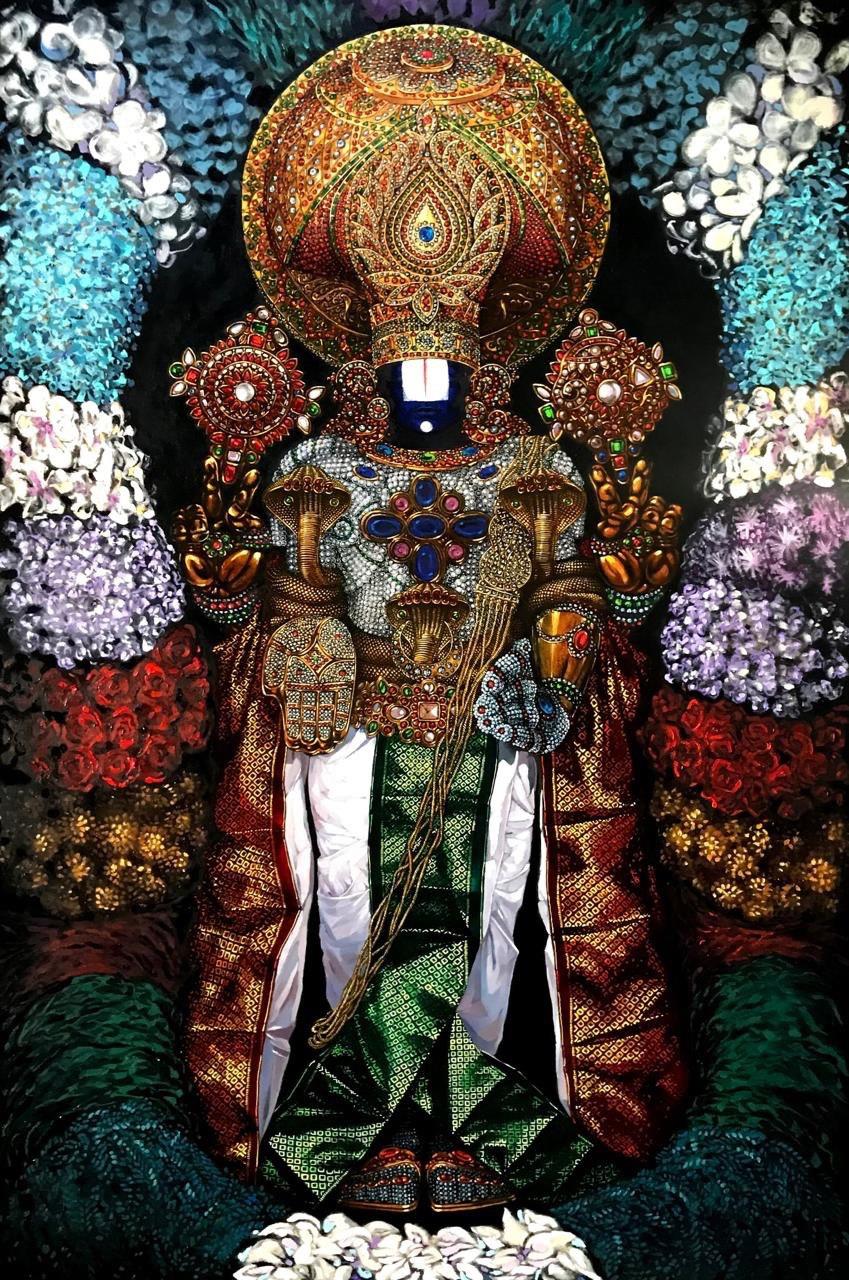
2. Which of your works is closest to the feeling of Odessa?
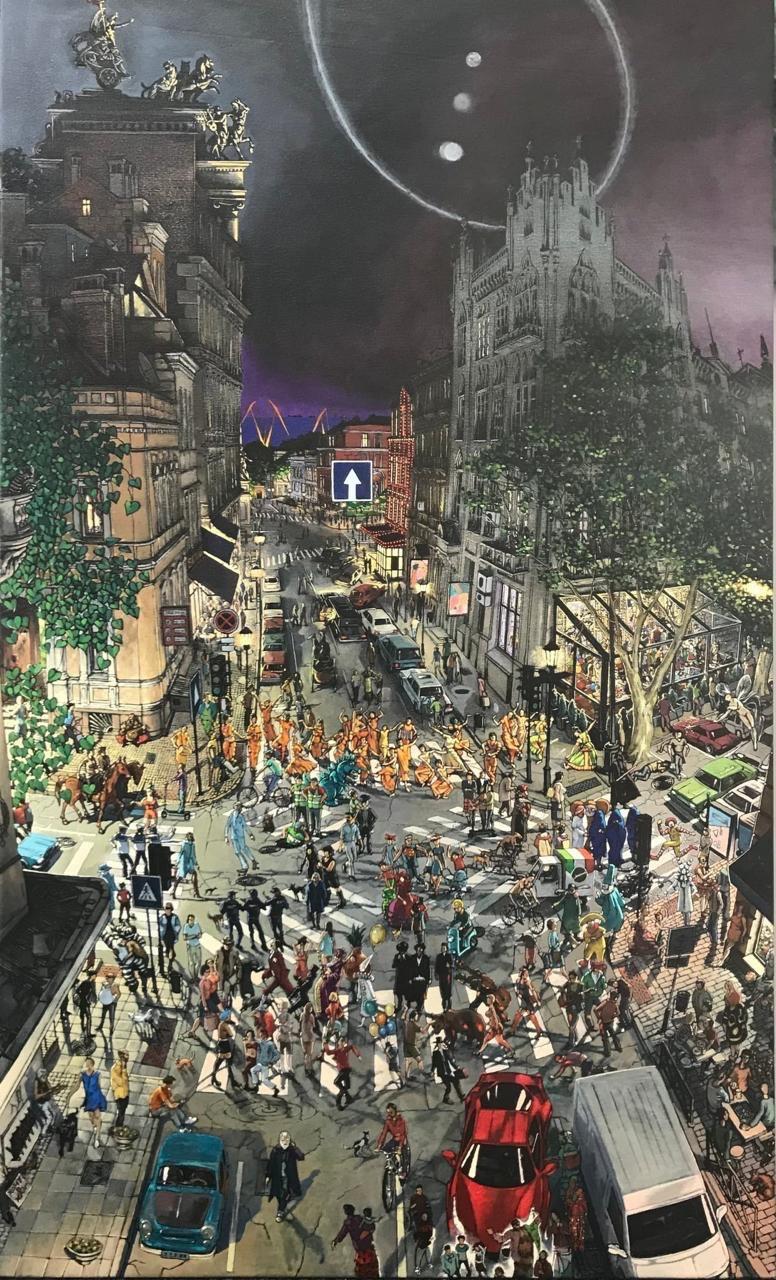
3. Do you have a painting where architecture becomes a living organism?
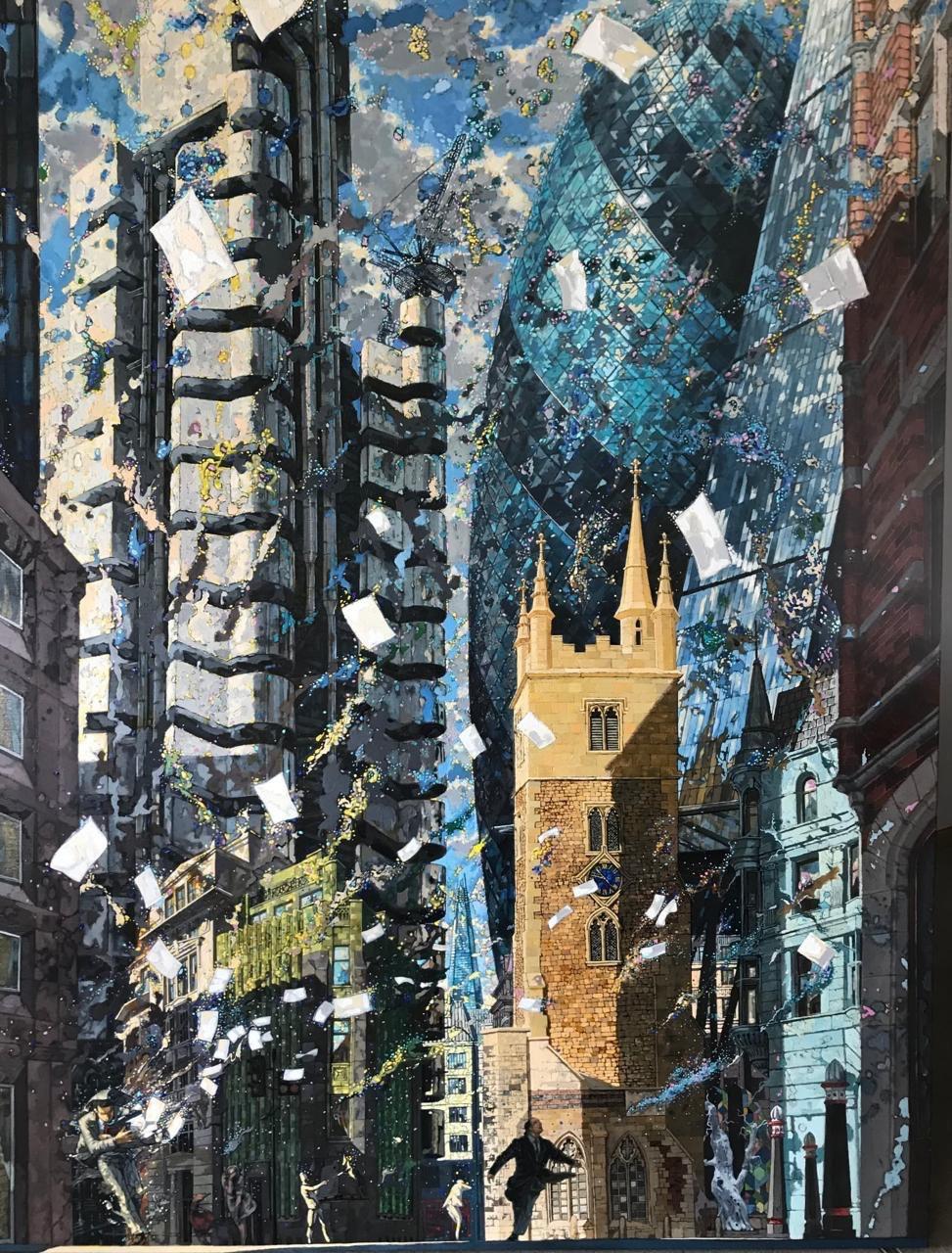
4. Which of your paintings best reflects a human being during war?

5. In which of your paintings are you closest to your true self?
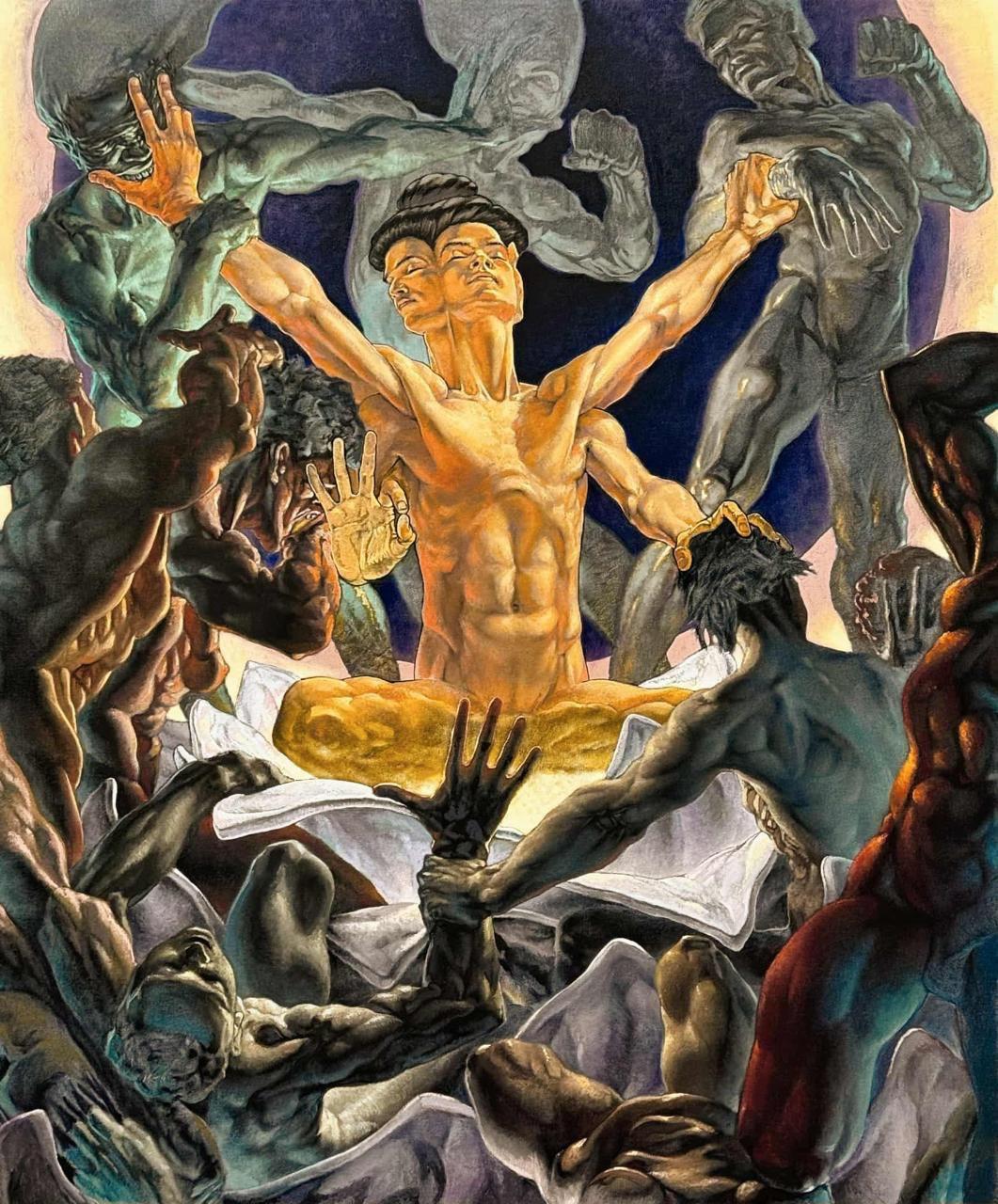
6. What does “home” look like when the world around you collapses?
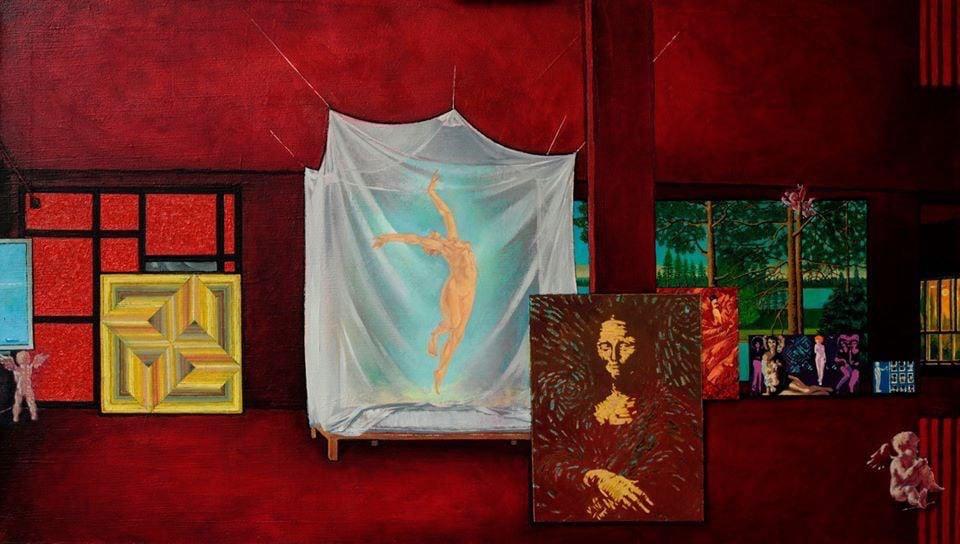
7. What remains of a city if you remove its people but leave the walls?
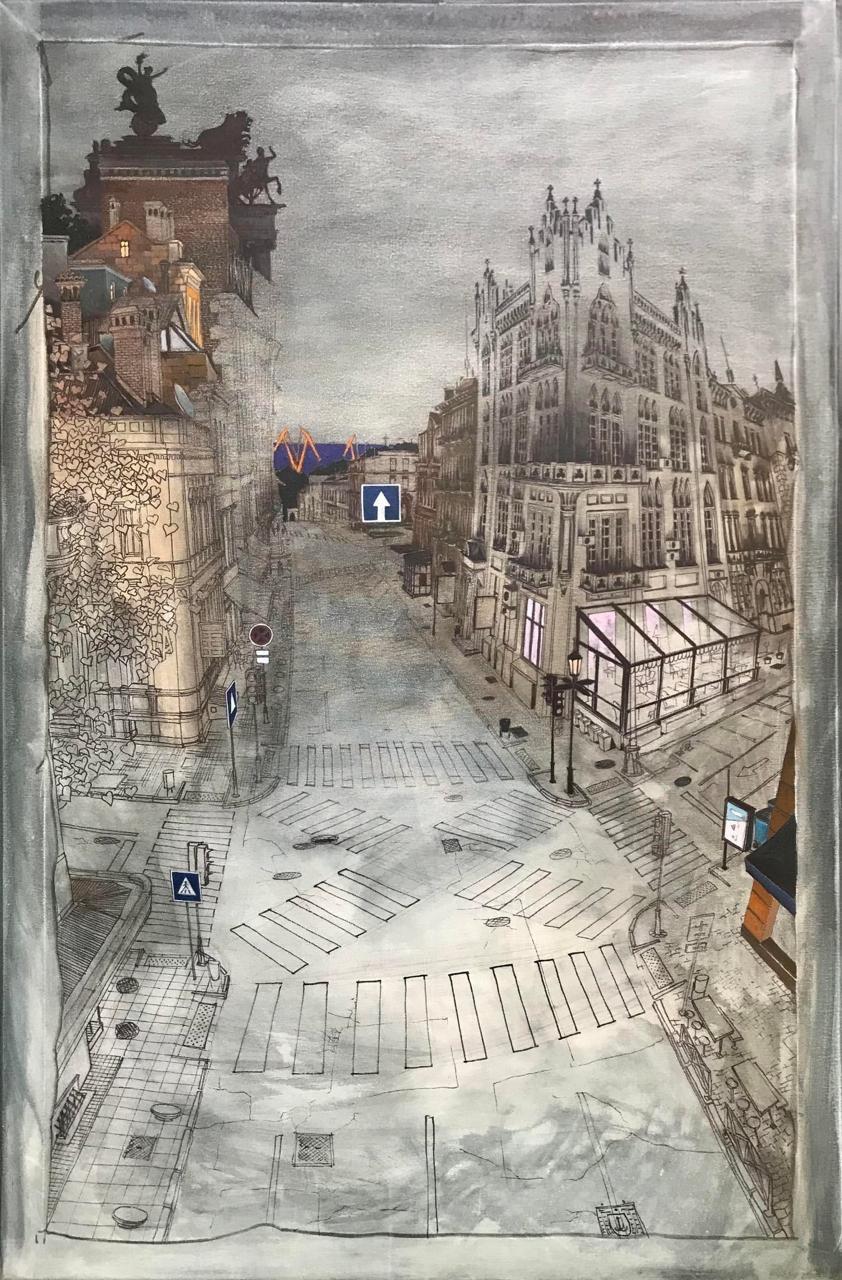
8. How would you describe childhood when looking at it through today’s eyes?

9. Which part of Odessa lives within your paintings — the sea, the courtyards, the noise, or solitude?

10. If you were to depict hope, what material, shape, or movement would it take?

11. Do you have a work in which you tried to depict time — not as clocks, but as a physical sensation?
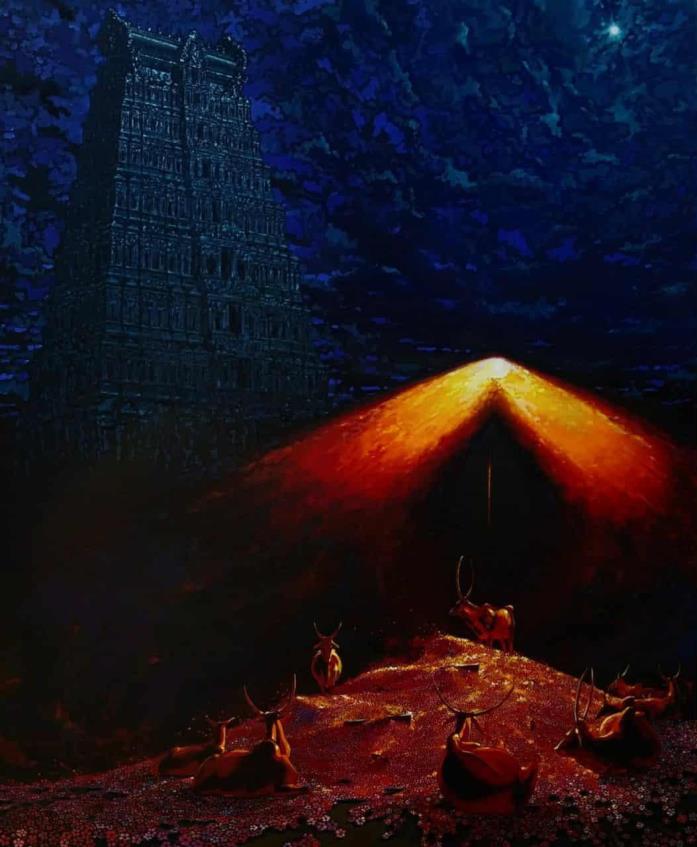
12. Which of your paintings would you call your magnum opus — the one where everything converged: experience, emotion, time, and meaning?
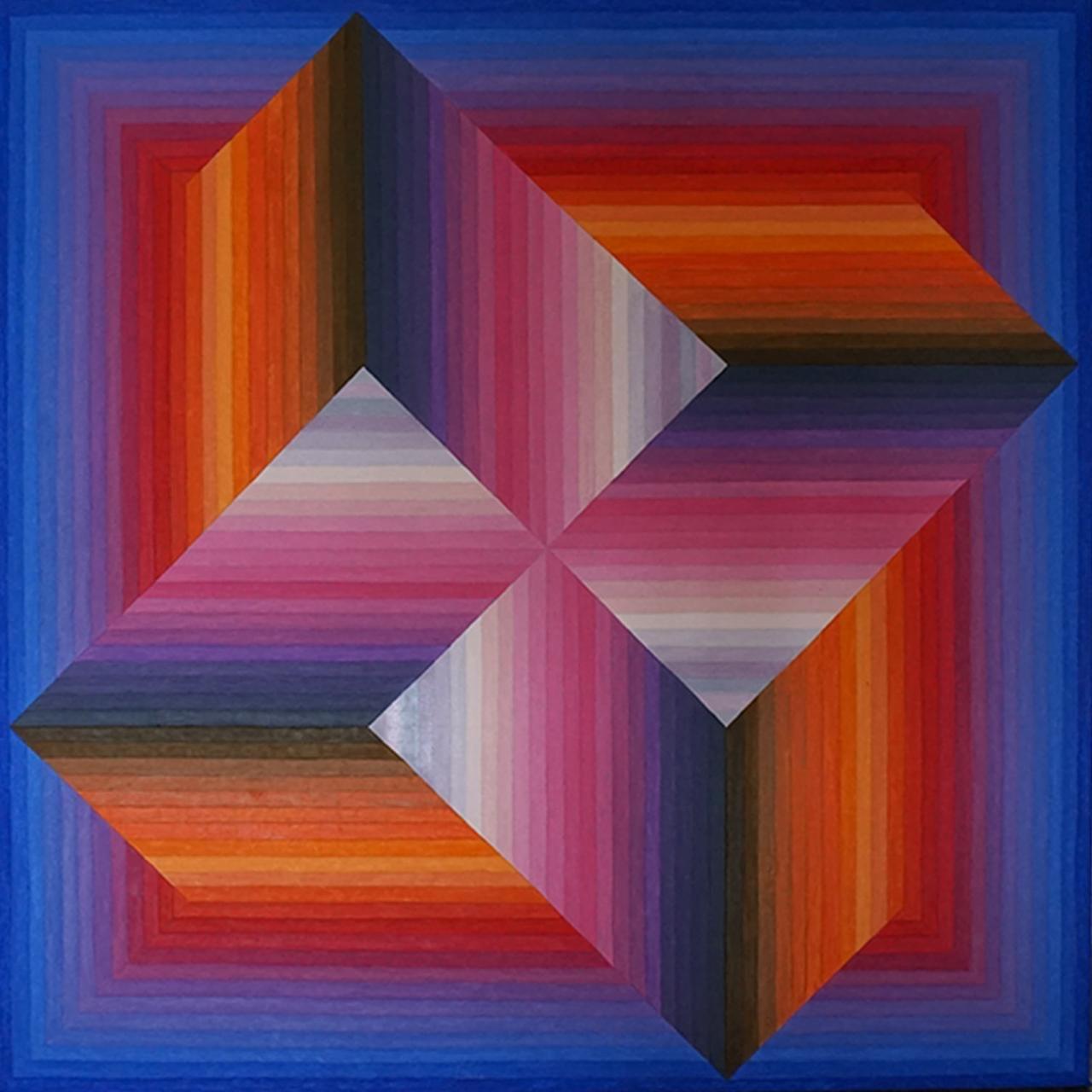
Conclusion
The art of Andrey Babchynsky is more than a visual practice — it is a meditation on the human being, on the boundaries between body and consciousness, on time passing through us and leaving its traces.
His paintings are born from observation and inner discipline, yet they always return to emotion — to that moment where matter turns into memory.
For Babchinskiy, Odessa remains not only his hometown but an inner landscape — a space of movement where the artist continues to search for balance between chaos and form, pain and harmony.
There is something of an architect in him — one who constructs not buildings but meanings — and something of a philosopher who speaks through color and plastic form.
Perhaps that is why the question about his magnum opus is not about completion, but about search — about the work where everything meets: experience, feeling, time, and silence.
Follow Andrey Babchynsky’s work:
🔗 Instagram















